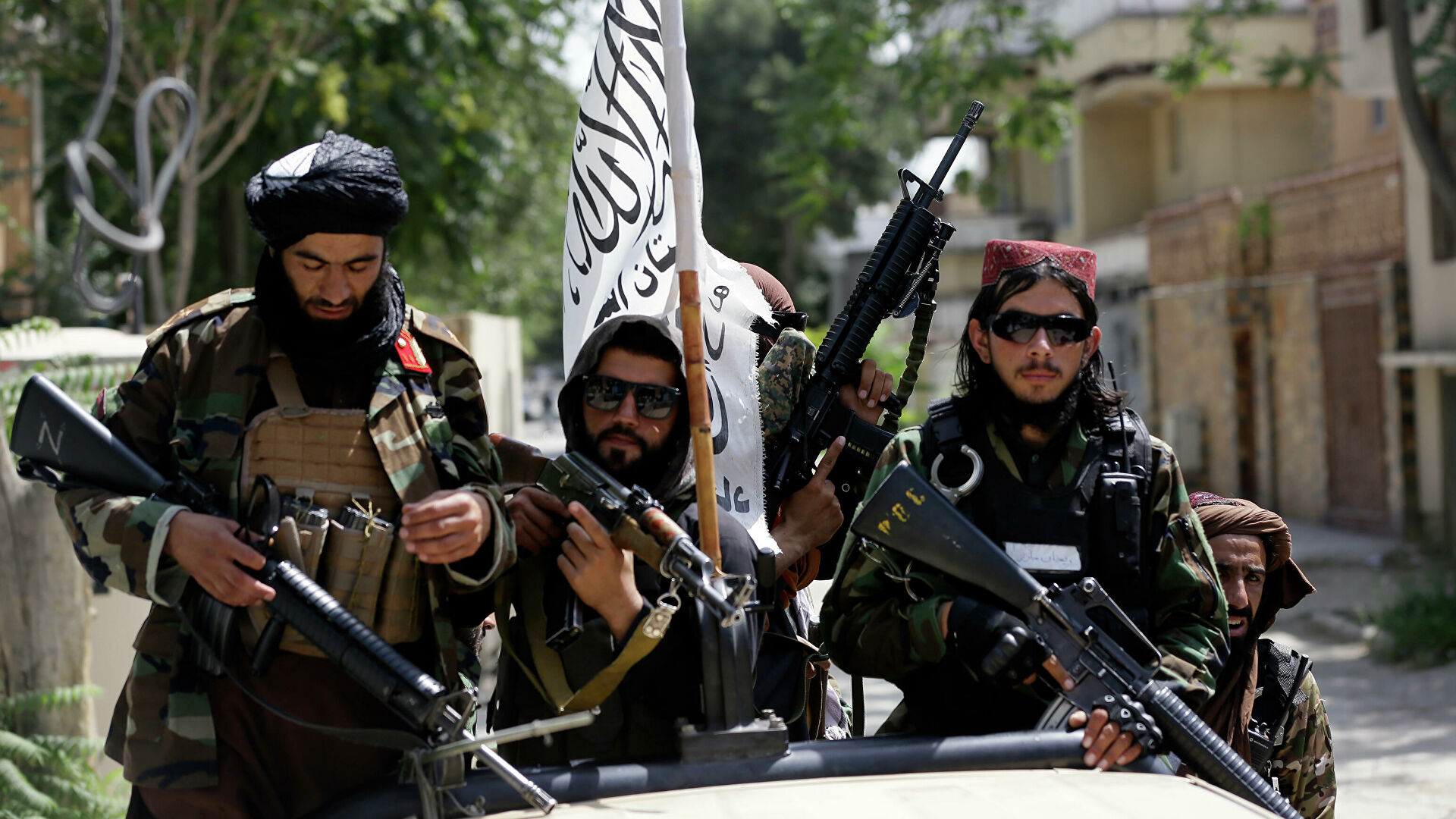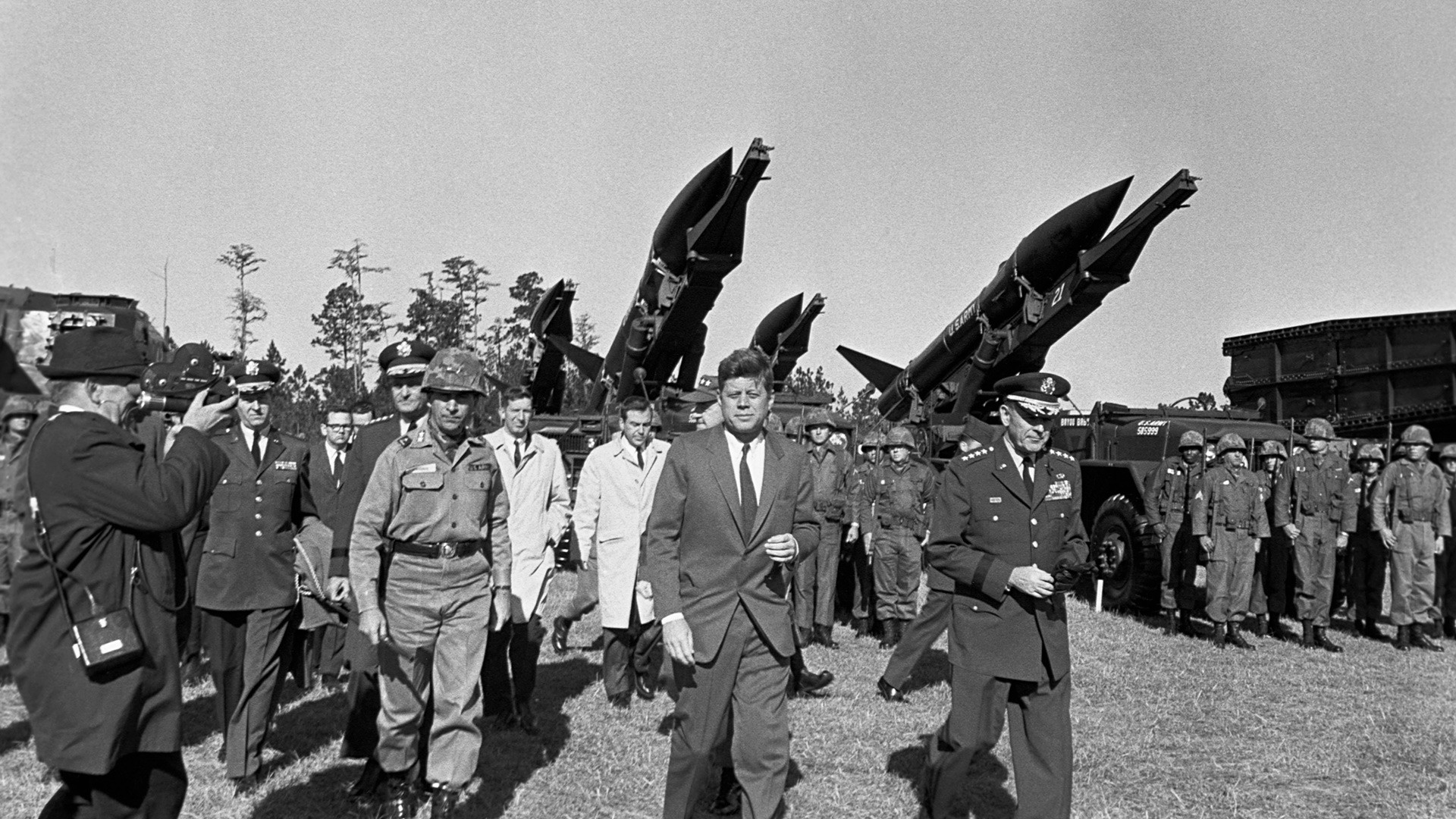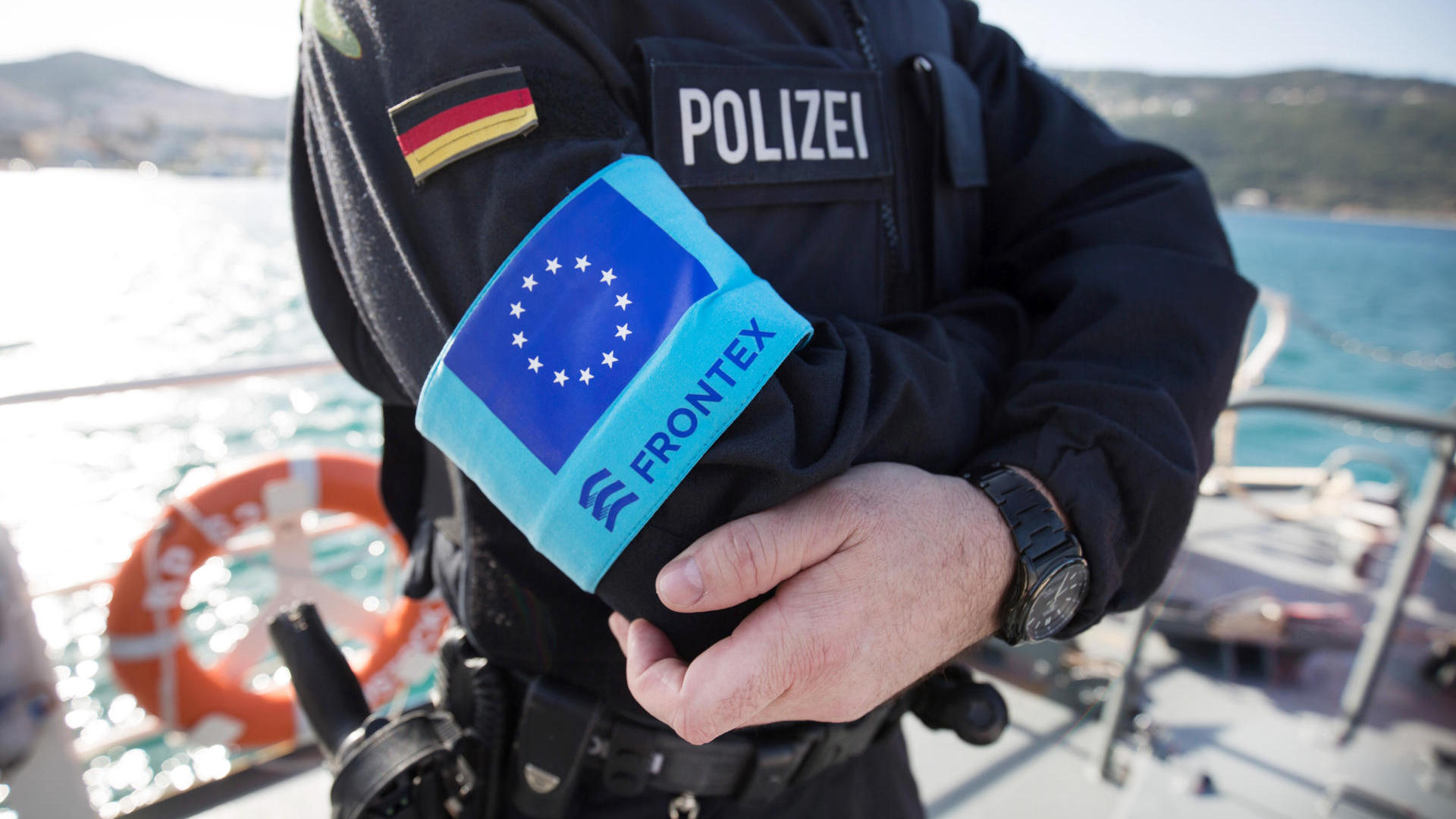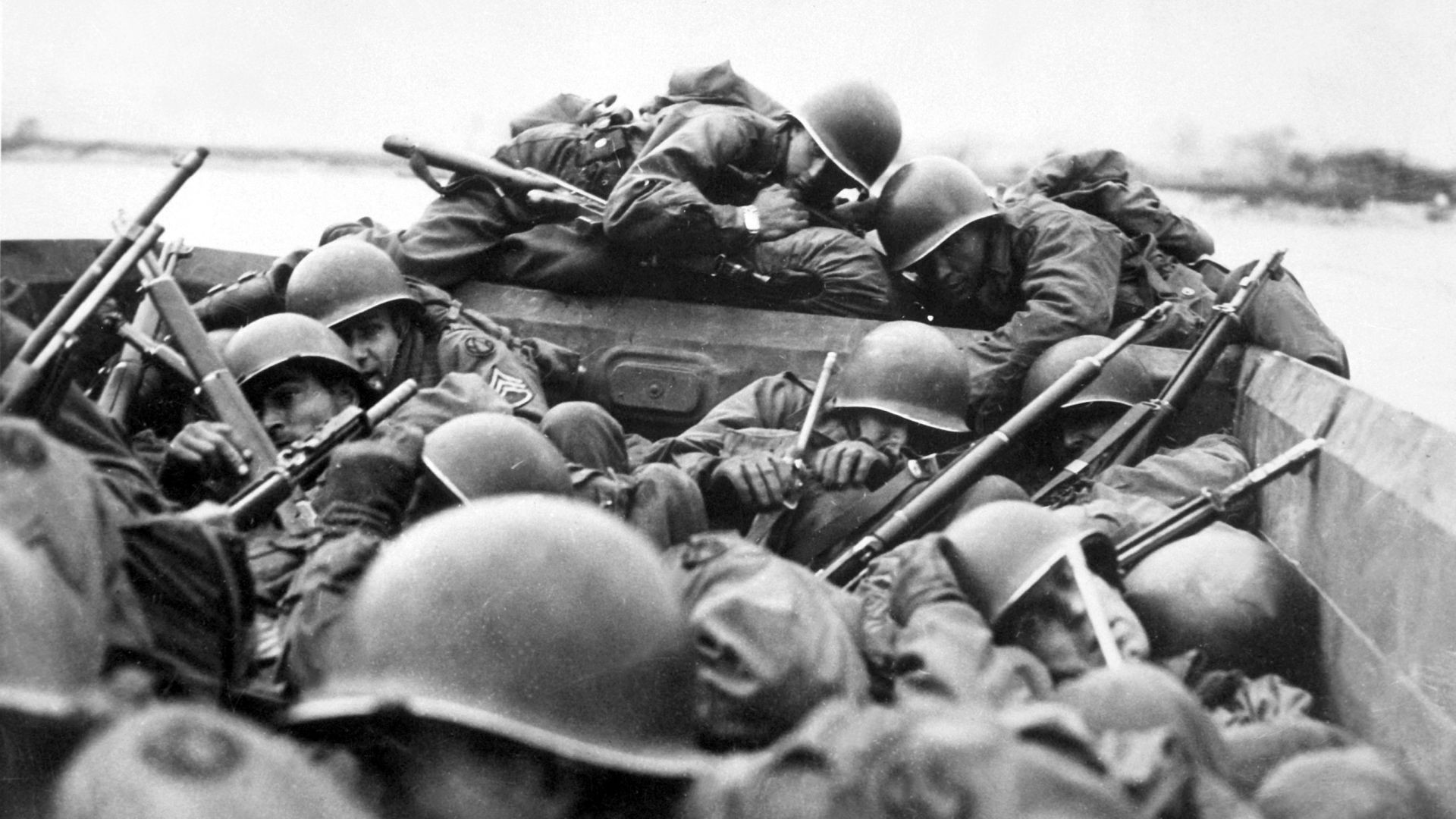In the period between the early 1960s and the end of the 1980s, the strategic convergence required by the cold war for both the USA and the Western world and the Soviets played a leading role in the development of the underdeveloped countries and especially the newly independent countries. For the Western world, preventing the global spread of Soviet influence was of utmost importance, as the underdeveloped countries did not shift to socialism. This concern was a fundamental principle in the West’s World Bank, International Monetary Fund, USAID, and similar aid organizations. Fearing the fact that increasing poverty will turn socialism into a desirable popular system, the West tended to take various political measures by using the aid carrots in underdeveloped countries and made the development of democratic institutions and respect for human rights a precondition for foreign aid. They did not fully comply and did not hesitate to provide financial and military aid to despotic fascist regimes, provided that they did not shift to communism. (Aydın, 2008, s. 51) These aids show that in line with the strategic interests of Western democracies, especially the USA, can disregard the political will of the peoples, which are the basis of democracy.
In this context, while the USA shaped its foreign policy in line with its interests in many geographies, it followed an “interventionist” method in general terms in some regions. While this policy has been shaped by the Monroe Doctrine since the early 19th century, it has continued to be shaped by various doctrines throughout the Cold War. One of the target regions of this policy is Latin American countries located in the south of the USA (Keskin, 2016, s. 70-71). The phenomenon of external intervention in relation to the conditions in which countries are dragged; emerges as the most important problem for these countries. Great powers can easily intervene in the administration, economic resources and other public facilities of another country on this continent. Akşin reports that the weight of the USA in Latin America increased during the 19th century, that it fell like a nightmare in the 20th century, that it was the last word in politics, and that the USA in Latin America was defined as “shark among the sardines” (Sağıroğlu, 2016, s. 41).
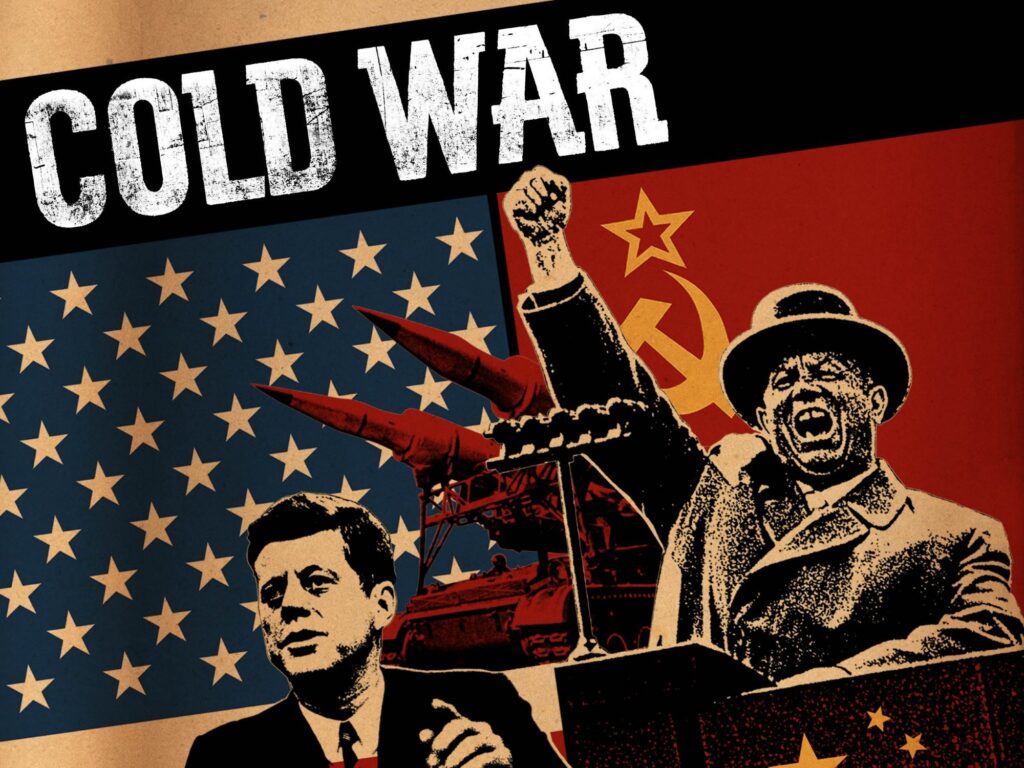
The Soviet Union had little direct involvement outside of the island of Cuba, but Latin America was slowly becoming one of the hottest battlefields of the Cold War. This development was largely due to the fact of US domination and the discomfort of Latin America with its consequences. America’s economic and political dominance in the Northern Hemisphere was firmly established in the first half of the 20th century and was justified in the light of the principles of the Monroe Doctrine. Whether through direct intervention, as in the early 1930s, or through the use of local dictators (such as Somoza in Nicaragua, Batista in Cuba, or Trujillo in the Dominican Republic), the United States can support its neighbors in Central America with its own economic and political he had tight control over his interests (Best, Hanhimaki, Maiolo, & Schulze, 2015, s. 413).
After the Second World War, the United States realized that it could no longer remain indifferent to what was happening on this continent, where anxiety over economic and social change was widespread and American domination (“Yankee imperialism”) was seen as the main cause of distorted inequality. Washington thought that military dictatorships were the only guarantee of stability everywhere south of the Rio Grande, whereas the post-war years saw popular revolutions, fueled by economic inequality, anti-Americanism, nationalism, and socialism, target these dictators. Thus, calls for liberation from the yoke of American imperialism in Latin America, even without direct Soviet intervention, caused great trouble for American politicians (Best, Hanhimaki, Maiolo, & Schulze, 2015, s. 414).
The US administration in response to these uprisings; established The Chapultepec Act, the Rio Treaty and the Organization of American States (OAS), declared in a sense that Latin America would not allow the USSR to enter the sphere of influence. The Guatemalan coup, on the one hand, helped the CIA to increase its experience in carrying out coups in foreign countries, on the other hand, it was interpreted as an “intimidation” to Latin American administrations. (Erhan, 2012)
However, under this formalized, complex agreement structure; There was a growing Latin American nationalism because American domination in the region essentially meant escalating anti-Americanism. Emotions such as the high levels of poverty, the very low number of literacy, the inadequacy of health services, were adding to the anti-US sentiment, and the population explosion that the high infant mortality rate could not prevent was added to these. Most people were dependent on multinational corporations of American origin and saw the commercial structure under their domination as responsible for rigid inequality. In addition, Washington’s support for right-wing dictatorships, which can remain in power with the help of militia forces usually trained in the United States, increased Central and South Americans’ antipathy towards the giant creature in the north (Best, Hanhimaki, Maiolo, & Schulze, 2015, s. 415). Moreover, the USA mostly used the armies of these countries in order to intervene in Latin American countries politically and militarily. Since the beginning of the 20th century, more than 40 governments in Latin America with the support of the US have been overthrown by the army and from time to time the elections have been sabotaged (Keskin, 2016, s. 3).
While the USA describes some of the Latin American countries such as Cuba as problematic, it wants to guarantee its own security against threats from these countries. (Keskin, 2016, s. 5) For this reason, the USA, which did not want Cuba right next to it to be completely under Soviet influence, assigned the CIA to eliminate Fidel Castro as soon as possible. However, the failure of the Bay of Pigs landing in April 1961 caused the United States to seek new policies in the region. They did not want the failure in Cuba to set an example for other Latin American countries. After the Cuban revolution, the relationship between the United States and Latin America has changed drastically. The Cuban revolution showed that unbalanced dictators could not be effective in the fight against communism.
The sensitivity of the USA to prevent the spread of communism in Latin America continued throughout the Cold War. The US did not hesitate to intervene in the region through the CIA, as envisaged in Eisenhower’s New Look strategy. Within the framework of the Public Security Office established during the Eisenhower era in 1957, many pro-American authoritarian regime security officers in Latin America were trained, especially in the 1960s. In training programs with titles such as “combating riots”, “interrogation techniques”, US public officials have provided Latin Americans with expertise in many issues that cannot fall within the boundaries of human rights known in the USA. (Erhan, 2012, s. 98)
The “Alliance for Progress” initiated by John F. Kennedy in 1961 in order to strengthen the political authority on the continent proposed a broad cooperation between South and North America. Within the framework of this cooperation, an important resource has been allocated for development finance and social reforms. (Topal, 2009) Under this alliance, the US was mainly aimed at “winning the heart” of Latin American administrations and people through economic support. However, the alliance failed as a result of the economic crisis at that time, as the USA did not show the necessary importance and produced policies opposed to some of the basic principles of the alliance it determined. Thus, the US focused on the work done for the implementation of military strategic goals.
Supporting the Brazilian coup of 1964, the United States stood behind a series of military coups in Latin America in the 1970s. The junta administrations established after the coups in Bolivia in 1971, Chile and Uruguay in 1973, and Argentina in 1976 did not find it difficult to find a counterpart in Washington. Simultaneously, pro-US armed groups were supported in some countries against leftist administrations. The most striking example of this situation was experienced in Nicaragua. Contra guerrillas fighting against Daniel Ortega were supported by the US during Ronald Reagan’s 8-year presidency. The incident that is referred to as the “Irangate Scandal” in US political history is also related to this. In the 1980s, the USA also carried out what some Latin American political leaders call “dirty war” in Guatemala and El Salvador. Relations with Cuba continued to be negative during the Reagan period. After the communist guerrillas supported by Cuba overthrew and murdered the pro-US Grenada Prime Minister Maurice Bishop, the US did not hesitate to carry out a military operation with Barbados and Jamaica in 1983. (Erhan, 2012, s. 98)
As a result; During the Cold War, which lasted for about 45 years, the priority of the USA in Latin American countries, as in other parts of the world, can be summarized as narrowing the sphere of influence of the USSR and keeping pro-US administrations in power. Despite pro-democracy initiatives like Kennedy’s “well-intentioned” initiative, the main priority of the USA in this region has been neither democracy nor economic prosperity. Preventing strangers from entering the “Backyard” is more important than the beauty of the garden. (Erhan, 2012, s. 99) Thus, what happened in the Latin American continent has shown us that it is not at all difficult for the concept of democracy to be sacrificed by the great powers for strategic interests. Continuous “coups” to the will of the people as a means of ensuring democracy have also caused the credibility of the USA in this continent to be damaged.
This article prepared by Buğra Çelikbilek for The FEAS Journal.
References
Aydın, Z. (2008). Demokrasi Mühendisliği Ve Az Gelişmiş Ülkeler. Sosyal Bilimler Dergisi, 52.
Best, A., Hanhimaki, J. M., Maiolo, J. A., & Schulze, K. E. (2015). 20. Yüzyılın Uluslararası Tarihi. Ankara: Siyasal Kitabevi.
Erhan, Ç. (2012). ABD’nin Latin Amerika’ya Bakışını Şekillendiren Öğeler. Latin Amerika Çalıştayı Bildiriler Kitabi (s. 95). Ankara: Ankara Üniversitesi Yayınları.
Keskin, M. (2016). ABD’nin Müdahaleci Dış Politikası: Latin Amerika Örneği . Barış Araştırmaları Ve Çatışma Çözümleri Dergisi, 70-71.
Sağıroğlu, A. (2016). Latin Amerika’da Asker Siyaset İlişkisi: Arjantin Ve Şili’deki Askeri Darbelerin Etkileri Ve Tarafları. Ekonomi, Politika & Finans Araştırmaları Dergisi, 41.
Topal, A. (2009). Ulusal Kalkınmacılıktan Küresel Neoliberalizme Anti-Emperyalizm: Latin Amerika Deneyimi. İstanbul Üniversitesi Siyasal Bilgiler Fakültesi Dergisi, 127.



